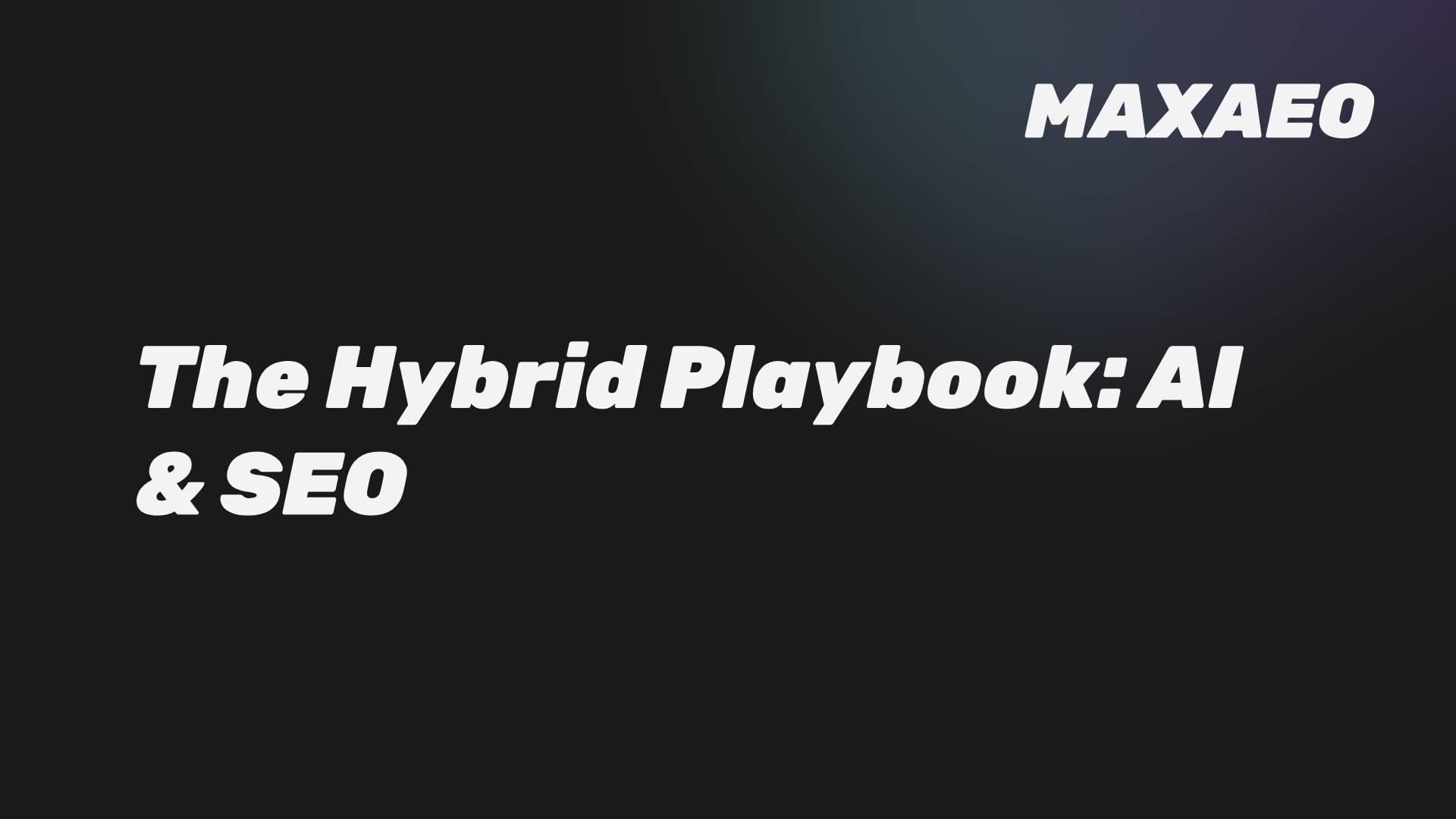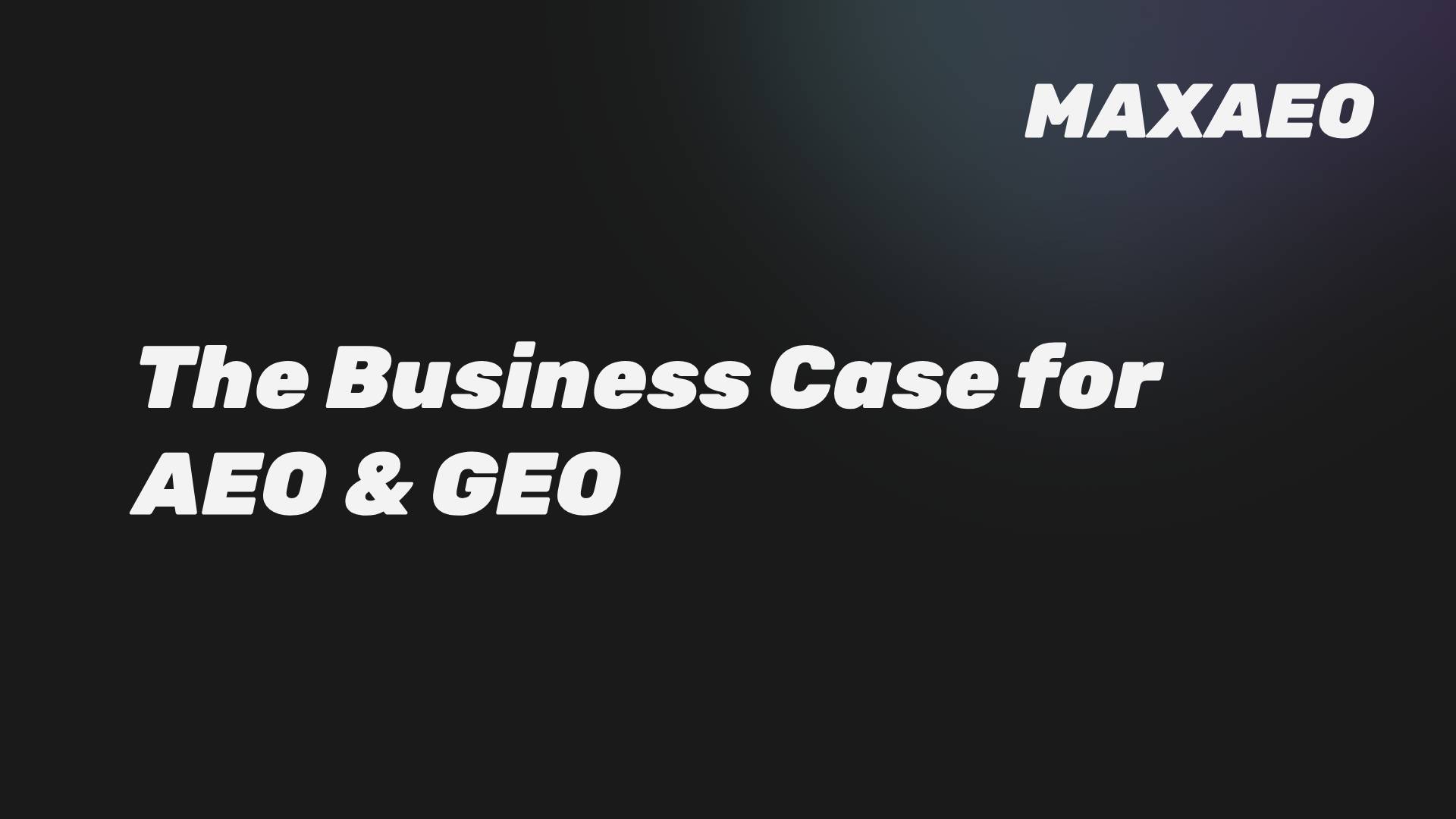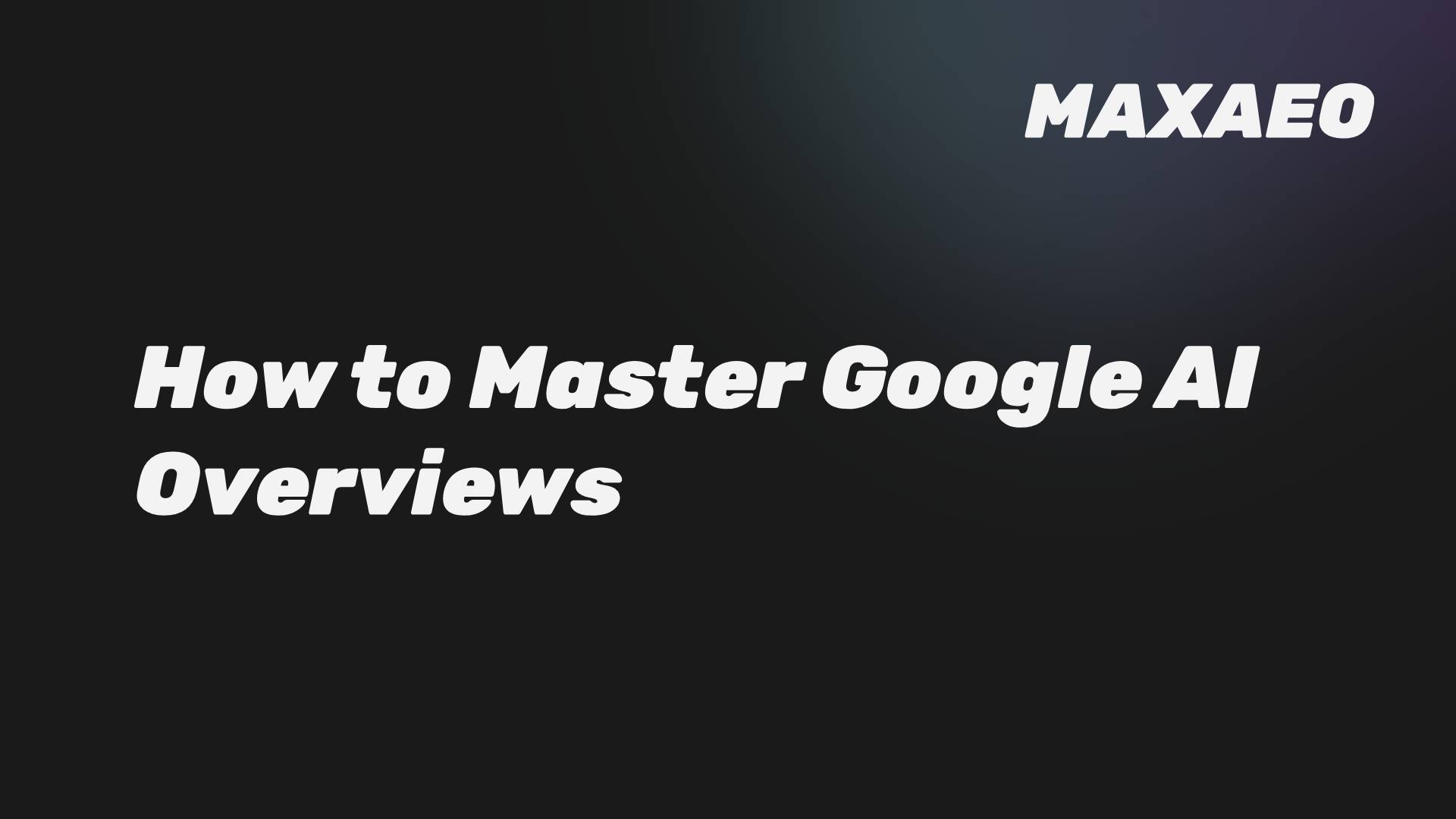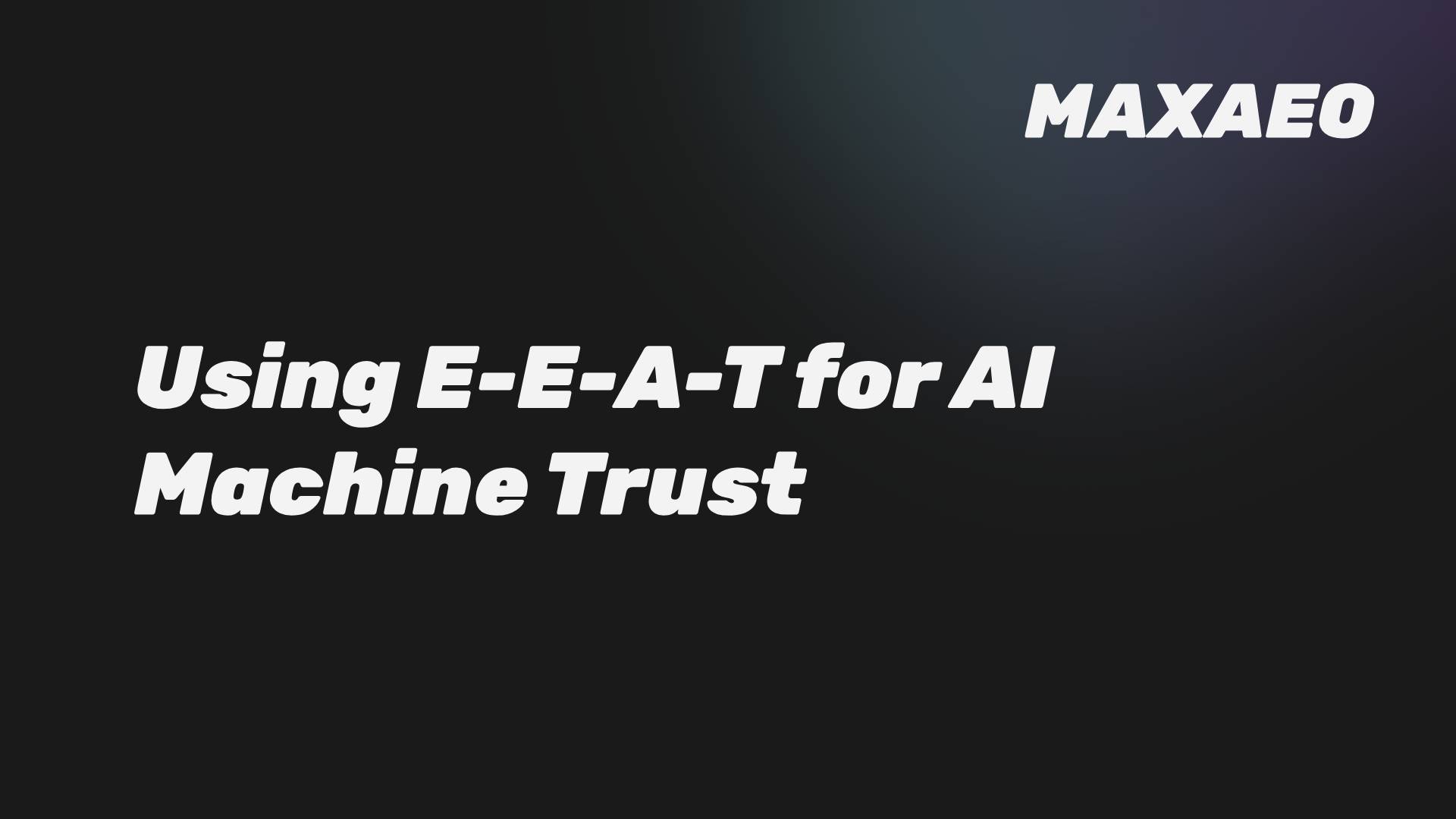· Anton Grant · AI Optimization · 4 min read
When AI Lies: A B2B Leader's Guide to Correcting Brand Misinformation
AI hallucinations are a critical brand risk. This guide provides a 4-step framework for B2B leaders to correct AI-generated misinformation and take control of their brand narrative.
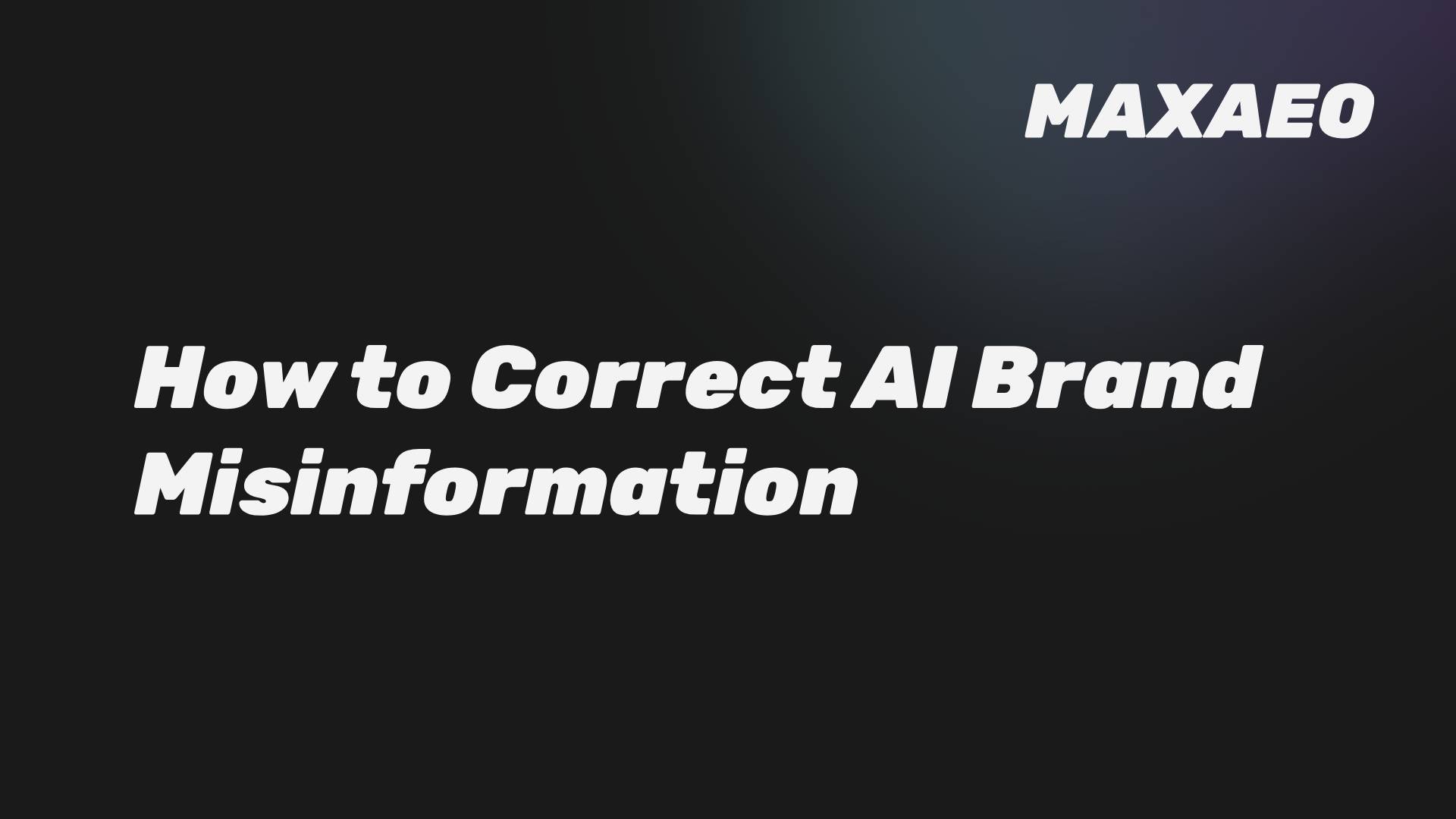
Artificial Intelligence (AI) is confidently lying about your brand. It can state that your software has features it doesn’t, confuse your company with a competitor, or “hallucinate” a company history that never happened. In the B2B world, where trust and accuracy are paramount, this is a C-suite level risk to your brand’s reputation and revenue.
This guide provides a strategic framework for B2B leaders on a new, critical business function: correcting AI-generated misinformation. It is a playbook for brand governance in an era where you no longer have full control over your narrative.
What Are AI Hallucinations and Why Do They Occur?
An AI Hallucination is when a Large Language Model (LLM) generates plausible but factually incorrect information. These are not intentional lies; they are the result of the model’s process of predicting the next most likely word, which can lead it to construct “facts” that are statistically probable but not true.
These errors often occur because the AI’s training data is messy, outdated, or contains conflicting information. For example, an AI might confuse “Bentley.com,” the website for an engineering software firm, with the car manufacturer because the latter is a more dominant entity in its training data.
Why is AI Misinformation a Critical Business Risk?
AI misinformation is a critical business risk because AI platforms like ChatGPT and Google AI Overviews are now trusted intermediaries in the B2B buyer’s journey. An inaccurate statement from an AI can have a direct and negative impact on your bottom line.
The primary risks include:
- Damaged Brand Reputation: Incorrect information erodes the trust you have built with the market.
- Lost Sales Opportunities: A prospect receiving inaccurate information about your pricing or capabilities may be disqualified from consideration before ever speaking to your sales team.
- Increased Customer Support Costs: Existing customers may be confused by incorrect information, leading to an increase in support tickets.
What is the 4-Step Framework for Correcting AI Misinformation?
Correcting AI lies is not about submitting a support ticket to OpenAI; it is about strategically influencing the information ecosystem the AI learns from. This is a core function of Generative Engine Optimization (GEO).
Step 1: Continuously Monitor to Detect Inaccuracies
You cannot fix a problem you cannot see. The first step is to implement a continuous AI Response Tracking program.
Using a specialized AI monitoring tool, you must systematically track how your brand is represented across key platforms. This program should serve as an early warning system, flagging inaccuracies, negative sentiment, and brand confusion as they arise.
Step 2: Diagnose the Source of the Misinformation
Once an error is detected, the next step is to diagnose its likely source. Is the AI referencing an outdated third-party review? Is it misinterpreting a poorly structured section of your own website?
Understanding the source is critical for developing an effective correction strategy. For example, if the AI is confused about your company’s identity, you may need to build a more robust Knowledge Graph.
Step 3: Execute a Correction Campaign
Correcting the AI requires an indirect approach focused on seeding the digital ecosystem with clear, authoritative, and consistent information.
- Correct at the Source: If the misinformation originates from a third-party site, reach out to them to request a correction.
- Create a “Single Source of Truth”: Publish a clear, factually dense, and well-structured piece of content on your own website that directly refutes the misinformation. This becomes the authoritative document you want the AI to find.
- Amplify the Correction: Use digital PR to syndicate the correct information across high-authority publications and platforms that the AI is known to trust.
Step 4: Fortify Your Content for Machine Readability
Finally, ensure that your corrected information is technically optimized for AI consumption. This is a crucial Answer Engine Optimization (AEO) tactic.
- Use an “Answer-First” Format: Structure your content to provide direct, unambiguous answers.
- Implement Schema Markup: Use
OrganizationandProductschema to provide the AI with a machine-readable “fact sheet.”
Conclusion: From Reactive Defense to Proactive Governance
In the age of AI, brand management has evolved into a continuous cycle of monitoring and governance. Waiting for a customer to alert you to a damaging AI hallucination is a failing strategy. B2B leaders must implement a proactive system for identifying and correcting misinformation to protect their brand’s integrity.
By adopting this framework, you can move from a reactive, defensive posture to one of proactive control over your AI narrative. You can build a resilient brand presence that is not only visible but is also represented with the accuracy and authority you have earned.
If AI is rewriting the rules in your market, let’s explore how you can win under the new ones.
